Ag Matters Fall 2024

A publication of
INSIDE
• Things everyone can do to support rural economies
• D ietary shifts can help the agricultural industry
• The basics of regenerative agriculture
• and more...










A publication of
• Things everyone can do to support rural economies
• D ietary shifts can help the agricultural industry
• The basics of regenerative agriculture
• and more...








Much has been made of the rising global population and the effects that the increase will have on the planet. Though estimates regarding the global population by 2050 vary considerably, the World Resources Institute notes that finding ways to sustainably feed what could be an additional two to three billion people pose a number of challenges for the agricultural sector. One such challenge is meeting those demands while lowering emissions. The WRI notes that shifting to healthier, more sustainable diets could be part of the solution to that problem.
According to the WRI, consumption of beef, lamb and goat is projected to rise by 88 percent between 2010 and 2050. Beef is the most commonly consumed ruminant meat, and that could pose a problem as the global population expands rapidly between now and 2050. That’s because beef is the most resource-intensive ruminant meat to produce. Beef requires 20 times more land and emits 20 times as many greenhouse gases per gram or edible protein compared to plant proteins
like lentils, beans and peas. Shifting to diets relying on plant-based proteins, including lentils, beans and peas, could help to dramatically reduce greenhouse gas emissions and reduce the need for more agricultural land. The WRI asserts that preventing the expansion of agricultural land could help save more lands for forests, which can play an important role in combating climate change as the 21st century progresses.
A widespread shift to a plant-based diet is unlikely to happen overnight, but there are steps the agricultural sector and governments working in partnership can take to promote such a shift. The WRI recommends actions to improve the marketing of plant-based foods and efforts to improve meat substitutes, which are already readily available at many grocery stores. Policies that favor consumption of plant-based foods is another step governments can take as they work toward creating a sustainable food future for a global population that figures to expand considerably between 2023 and 2050. AG233766




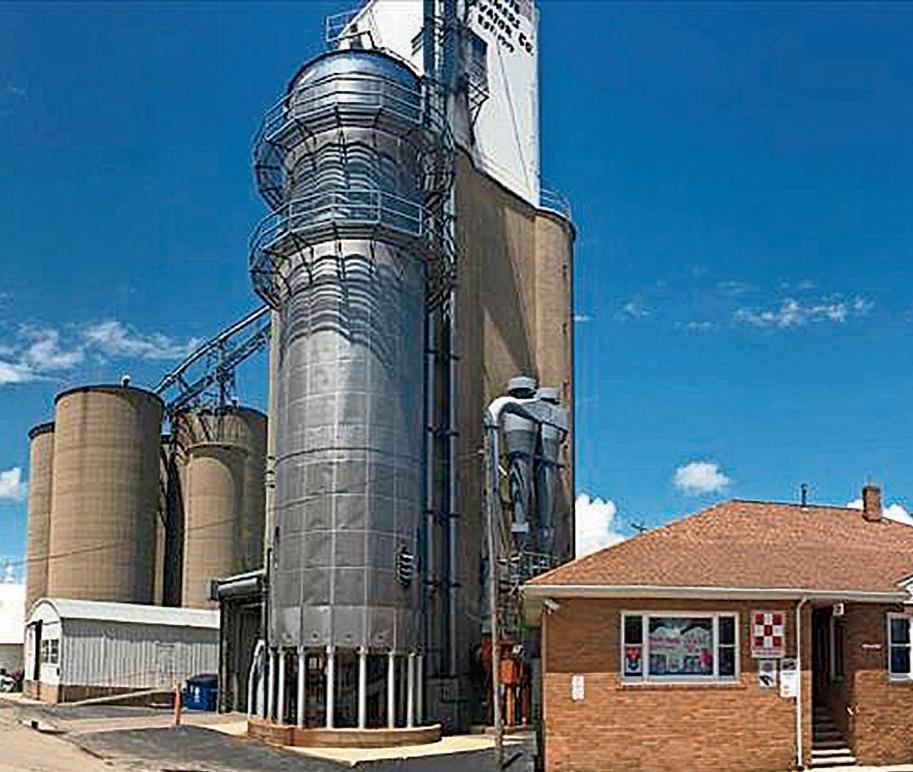




A nutritious diet is often touted in relation to its link to maintaining a healthy weight and reducing risk for chronic disease. Though healthy foods certainly provide each of those benefits, a nutritious diet also can protect vision.
The World Health Organization estimates that at least 2.2 billion people have a near or distance vision impairment, and roughly half of those instances could have been prevented or have yet to be addressed. Vision loss is often characterized as a natural byproduct of aging, and the National Institute on Aging notes that it’s normal for individuals to notice changes in their vision as they age. But it’s a mistake to think there’s little people can do to protect their long-term vision. In fact, a nutritious diet can be a great ally as individuals aspire to protect their long-term eye health. According to the Optometrists Network, a collective that includes clinical optometrists and respected researchers, the following are five foods that can help people protect their eyes.
1. Fish high in omega-3 fatty acids: Omega-3 fatty acids help with vision development and can reduce a person’s risk of developing dry eye, a condition marked by chronically dry eyes that either don’t produce enough
tears or produce tears that cannot adequately lubricate the eyes. Various types of fish, including salmon, anchovies, herring, and trout, among others, are high in omega-3 fatty acids. Individuals who don’t like eating fish can consider various nuts and legumes, such as walnuts, lentils and peanuts, which all contain omega-3 fatty acids as well.
2. Seeds: Flax seeds, chia seeds, hemp seeds, and sunflower seeds contain either omega-3 fatty acids or vitamin E, which the Optometrists Network notes can help to prevent age-related macular degeneration and cataracts.
3. Leafy green vegetables: WebMD reports that lutein and zeaxanthin are potent antioxidants that can help to prevent age-related eye disease and protect the eyes from the harmful effects of exposure to ultraviolet rays in sunlight. Leafy green vegetables such as collards, kale and spinach are high in lutein and zeaxanthin.
4. Sweet potatoes: Though their popularity spikes in fall, sweet potatoes are available year-round. That’s good news for sweet potato afficionados hoping to use diet to protect their eyes, as the Optometrists Network reports that sweet potatoes are high in beta carotene, which helps the eyes adjust

to darkness. Sweet potatoes also are high in vitamin C, which may help individuals reduce their risk for cataracts.
5. Eggs: Like leafy green vegetables, eggs are high in lutein and zeaxanthin. The Optometrists Network also reports that eggs are rich in vitamins C and E and a good source of zinc. The presence of zinc is notable in relation to eye health, as it’s been shown to help the body utilize lutein and zea-
xanthin found in the yolk. Zinc also has been found to protect the retina from potentially harmful blue light and helps to increase the amount of protective pigment in the macula. Many benefits associated with a nutritious diet are widely known. But even the most devoted healthy eaters may not recognize how much certain foods are helping to maintain their long-term eye health. TF243785

for over 25 years. They get the job done right, every time. Just ask any
















Climate change poses a threat to various industries, not the least of which is the agricultural sector. Agricultural industry insiders recognize that the changing climate has been forcing farmers and agricultural organizations to adapt and adjust for decades, and that need to be flexible won’t change in the years to come.
One of the changes many farmers may consider in coming years, if they haven’t already, is a pivot to regenerative agriculture practices. Regenerative agriculture could have a profound impact on the world over the next half century, so now may be a great time to gain an understanding of the practice.
WHAT IS REGENERATIVE AGRICULTURE?
Regenerative agriculture is a production system that focuses on reducing water usage and other inputs as part of a larger attempt to prevent land degradation and deforestation. According to the organization Green America®, regenerative agriculture is designed to harness the power of photosynthesis in plants to sequester carbon in the soil. The ability to do that can improve soil health, crop yields, water resilience, and nutrient density.
WHY SHOULD PEOPLE BE INTERESTED IN REGENERATIVE AGRICULTURE?
GreenAmerica® notes that regenerative agriculture draws down atmospheric carbon dioxide. That’s a significant benefit, as Climate.gov, which is a product of various departments within the National Ocean and Atmospheric Administration, reports

that adding more carbon dioxide to the environment is causing global temperatures to rise. In fact, observations from the NOAA Global Monitoring Lab in 2021 revealed that carbon dioxide alone was responsible for about two-thirds of the total heating influence of all human-produced greenhouse gases. GreenAmerica® reports that, at scale, regenerative agriculture could help to reverse the climate crisis by drawing down atmospheric carbon dioxide.
Another reason to consider regenerative agriculture is its connection to topsoil. GreenAmerica® reports that the world is on the cusp of running out of topsoil, which is vital to growing food. Regenerative agriculture rebuilds topsoil, which can lead to
greater food security across the globe.
WHAT ARE SOME REGENERATIVE AGRICULTURE PRACTICES?
Regenerative agriculture practices include the usage of cover crops, a reduction in tilling, crop rotation, and spreading compost. GreenAmerica® notes that regenerative agriculture practitioners also avoid the use of synthetic fertilizers, pesticides, herbicides, and factory farming.
As the climate crisis continues to challenge the agricultural sector, regenerative agriculture could help farmers and the larger industry successfully confront those issues. AG233749






Carving jack-o’-lanterns is a Halloween tradition that both adults and children enjoy. It’s hard to resist an opportunity to carve a funny or scary face into a pumpkin that will soon make its way to the front porch, but there’s another irresistible element to carving pumpkins as well.
Roasted pumpkin seeds make for a tasty, tempting treat. Seeds must be removed before carving pumpkins, so turning them into a savory snack is a great way to make use of them and cook up some fuel for family carving sessions.
Roasting pumpkin seeds is a straightforward process, though some people may have their own techniques to make seeds more flavorful. The following recipe for “Pumpkin Seeds” from the Food Network reflects various ways to prepare this beloved snack, ensuring that people with varying tastes can no doubt find a way to incorporate their favorite flavors into this Halloween staple.
1. Seed the pumpkin: Preheat the oven to 300 degrees F. Using a spoon, scrape the pulp and seeds out of your pumpkin into a bowl.
2. Clean the seeds: Separate the seeds from the stringy pulp, rinse the seeds in a colander under cold water, then shake dry. Don’t blot with paper towels; the seeds will stick.
3. Dry them: Spread the seeds in a single layer on an oiled baking sheet and roast 30 minutes to dry them out.
4. Add spices: Toss the seeds with olive oil, salt and your choice of spices (see below). Return to the oven and bake until crisp and golden, about 20 more minutes.
5. Sweet Toss with cinnamon and sugar (do not use salt in step 4).
6. Indian Toss with garam masala; mix with currants after roasting.
7. Spanish Toss with smoked paprika; mix with slivered almonds after roasting.
8. Italian Toss with grated parmesan and dried oregano.
9. Barbecue Toss with brown sugar, chipotle chile powder and ground cumin.
TF21A379














Efforts to revive small business sectors have helped countless communities regain their prosperity and sense of community pride. Those efforts have been wildly effective in many urban areas, and they also can help rural economies recover from the many challenges they’ve been confronting since the Great Recession, which occurred between 2007 and 2009.
Rural communities have faced many unique challenges since 2007. For example, a 2019 study published in the journal Rural Sociology found that 46 percent of remote rural counties were depopulating, while just 6 percent of metropolitan counties were facing population losses. Reviving rural communities does more than help the people who call those communities home. Thriving rural communities can ensure access to fresh foods for people in both rural and urban areas, thus keeping costs down. Thriving rural communities also can reduce reliance on government assistance programs. With access to well-paying jobs, more people in rural communities can live above the poverty line. That’s a significant benefit, as the U.S. Department of Agriculture reports that roughly 85 percent of counties combating persistent poverty are rural.
Attempts to revive rural economies will require a collective effort on the part of people from all walks of life, and there’s much everyone can do to pitch in.
• Buy products from local farms. When buying foods, looking for products from local farms and/ or domestic farms can benefit consumers in various ways. Many individuals find locally grown foods more flavorful than products imported from foreign














countries. And buying local, whether the farm is on the outskirts of the metropolitan area you call home or elsewhere in your own country, provides some much-needed economic stimulation to rural communities.
• Look beyond foods. Rural communities produce more than food. Soaps, lotions, candles, decorative items, and other products people use everyday are produced on farms and within rural communities. Choosing these products over mass-produced alternatives made in other countries or in places where profits are less likely to be funneled back into local communities is a great way to support rural economies.
• Support legislation that benefits rural economies. One of the most effective ways to lend a hand to rural economies is to support legislation that can help them. There are many reasons why rural economies have fallen on hard times, and a lack of digital infrastructure has undoubtedly contributed to those struggles. All businesses benefit from a strong online presence, and communities can attract more remote workers if their digital infrastructure is improved. Those improvements are often the subject of local, state and even federal legislation. Individuals who want to help rural economies can urge their representatives to support legislation that can help rural communities build their digital infrastructure so it’s on par with that which has already been established in more populous areas.
Rural economies are struggling. However, there’s much everyone can do to pitch in and support efforts to revive rural communities. TF22C558






















































As hot, humid days give way to cool fall temperatures, it is prime time to enjoy a new bounty of fresh vegetables. Homeowners may be ready to pick the vegetables they have been growing the past several months. While many home vegetable gardeners focus on early spring plantings that yield the tomatoes, cucumbers and squashes of summer, they also should consider summertime sowing that will yield tasty offerings throughout fall. Some of these coolerweather stock can be harvested just before frost sets in. Individuals ready to bite in to produce plucked at the peak of fall have many different options to look forward to. Here are some of common fall produce items that will be available at farm stands near you well into November. TF22A413
• bok choy
• broccoli
• cauliflower
• kohlrabi
• leaf lettuce
• mustard greens
• spinach
• Swiss chard

• turnips
• beets
• Brussels sprouts
cabbage
green onion • kale
peas
radishes






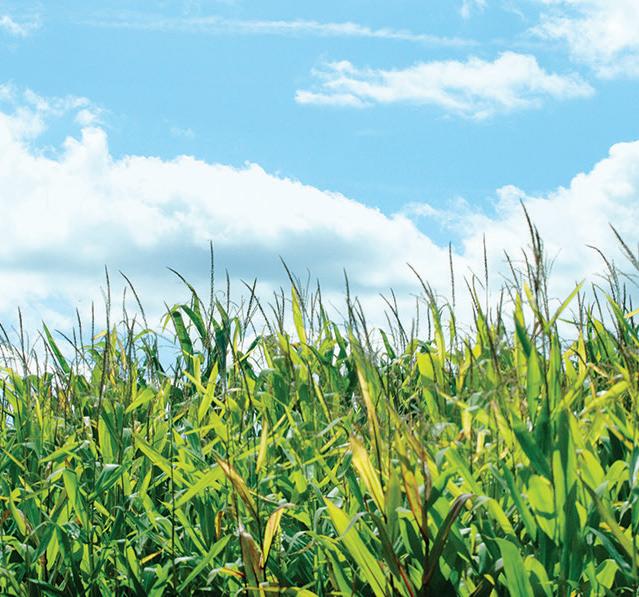








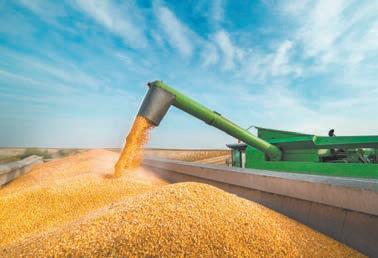



Shifting consumer demands pose a challenge for any industry, including the agricultural sector. Farmers who want to ensure they’re in the best position to meet consumer demands in the coming decades may be happy to learn that an aging population figures to work in the agricultural sector’s favor. The Economic Research Service with the U.S. Department of Agriculture notes that individuals over age 65 are expected to make up a greater percentage of the overall population in the years to come. That should, the ERS notes, benefit farmers, as older individuals tend to be more healthconscious with their eating habits than younger generations. The same trend will likely play out in Canada, where Statistics Canada estimates the percentage of individuals age 65 and older will increase to 22.5 by 2030, marking a nearly 10 percent increase since 2010, when just 14.1 percent of Canadians were 65 or older. AG233765

Since the World Health Organization declared a global pandemic in early 2020, businesses big and small have faced significant challenges. Though the pandemic has ended, many sectors, including the agricultural industry, are facing familiar and unfamiliar challenges.
The agricultural sector is crucial to the survival and health of billions of people across the globe. Though it’s obvious that modern agriculture is vital to feeding a global population that was greater than eight billion people at the dawn of 2024, the United Nations notes that agriculture also boosts prosperity and economies by providing jobs. That reality only underscores the notion that the challenges facing the agricultural sector are facing everyone, even those whose livelihoods are not directly linked to the industry. According to Earth.org, an organization that offers environmental news, data analysis, research, and policy solutions, the following are three sizable challenges facing modern agriculture.
1. Climate change: Perhaps no challenge is greater for humanity in the twenty-first century than climate change, and the agricultural sector is no exception. Climate change has

caused shifting weather patterns marked by unpredictability and potentially disastrous developments like prolonged drought. Estimates from NASA indicate corn yields may decrease by 24 percent by the end of this century, a potentially dangerous development linked to a host of factors, including a shifting climate and elevated surface carbon dioxide concentrations that can be traced to human-caused greenhouse gas emissions.
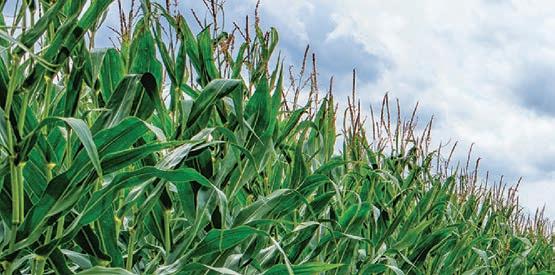

2. Population growth: The booming global population is attributable to numerous factors, including longer life expectancies in developed nations due to medical advancements. How to keep the global population fed at a time when the climate is adversely affecting crop yields is a significant challenge facing both humanity and the agricultural sector. As the population grows, so, too, does the demand for water, which also must be used to
grow crops. Navigating this challenge will be significant, and how it’s managed could affect the economic stability of the agricultural industry in the decades to come.
3. Investment: Perhaps no industry is more vital to human survival than agriculture. Earth.org notes that countries with strong agricultural sectors often boast higher standards of living and health than nations with a less productive agricultural industry. Despite that, Earth.org notes that investment in the agricultural sector is not commensurate with the growing population. Supporting measures to invest more heavily in the agricultural sector could reduce food shortages in the decades to come and ensure the agricultural sector is better positioned to address the many challenges it is already confronting in the twenty-first century.
The challenges facing the agricultural sector affect those who work in the industry but also the global population as a whole. Recognition of that reality may compel more people to support measures designed to ensure the agricultural sector can thrive and help the world to overcome potentially devastating challenges in the decades ahead. TF243758













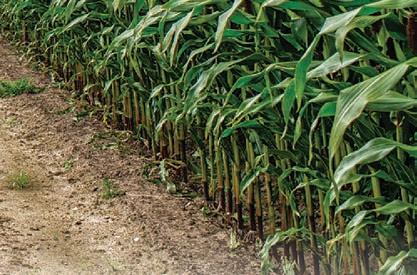








Michael Alvarado
Spring Valley (815)664-4145

Ron Behrends Tiskilwa (815)646-4121

Tyler Hansen Walnut (815)379-9297

Leynaud Spring Valley and Princeton (815)872-0914

Mike Morris Princeton (815)872-3333

TJ Scruggs Princeton (815)872-3333